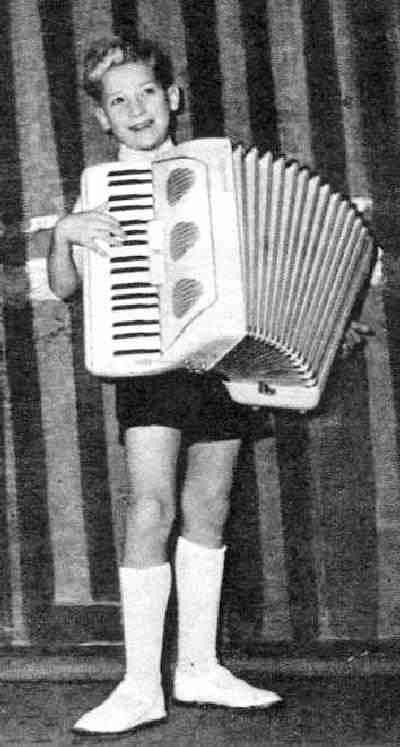
Figure 1.--This Dutch boy in 1960 wears black short pants and white kneesockss. The white kneesocks were considered a more dressy look than colored ones. I'm not sure if the boy was a child prodigy or just performing in a recital or school event.

Boys commonly wore long stockings in the late 19th century--commony black or darker colors. Socks especially kneesocks appeared in the early 19th century, influence in part by the popular Boy Scout movement. Lighter colored socks became more common in the 1920s, especially grey. Over the knee stockings became less common in the 1920s, but were still worn by increassingly younger boys. Dark stockings became less common and boys begam wearing tan or brown stockings during the winter. By the 1930s Dutch boys were wearing short socks during the summer, usually solid colors in muted shades. We note boys wearing patterened kneesoicks by the 1930s--bnt generally muted colors. By the 1940s some boys began wearing white kneesocks. This may have been a stylistic influence from Germany. They were worn in the 1950s and into the early 1960s. They had a somewhat more formal look than colored or patterned kneesocks.
Boys commonly wore long stockings in the late 19th century--commony black or darker colors. Socks especially kneesocks appeared in the early 19th century, influence in part by the popular Boy Scout movementm they were at first geberally darker colors.
Lighter colored socks became more common in the 1920s, especially grey and varius brown shades like tan. Over the knee stockings became less common in the 1920s, but were still worn by increassingly younger boys. Dark stockings became less common and boys begam wearing tan or brown stockings during the winter. By the 1930s Dutch boys were wearing short socks during the summer, usually solid colors in muted shades. We note boys wearing patterened kneesoicks by the 1930s--bnt generally muted colors.
HBC is unsire to what extent Dutch boys wore white stocking or socks in the 19th cerntury. If worn they were probably younger boys. We do note that by the 1940s some boys began wearing white kneesocks. This may have been a stylistic influence from Germany. They were worn in the 1950s and into the early 1960s. They were worn by school age boys, in siome cases even younger teenagers. They had a somewhat more formal look than colored or patterned kneesocks.
Navigate the Boys' Historical Clothing Web Site:
[Introduction]
[Activities]
[Bibliographies]
[Biographies]
[Chronology]
[Clothing styles]
[Contributions]
[Countries]
[Boys' Clothing Home]
Navigate the Boys' Historical Clothing Dutch pages:
[Dutch boys hosiery page]
[Maiken Island]
[Dutch choirs]
[Dutch royalty]
[Dutch scouts]
[Dutch school uniform]
[Dutch boys bangs]
Navigate the Boys' Historical Clothing national pages:
[Netherlands]
[Return to the Main countries page]
[Australia]
[Belgium]
[England]
[France]
[Germany]
[Ireland]
[Italy]
[Japan]
[Korea]
[Mexico]
[Scotland]
[United States]
